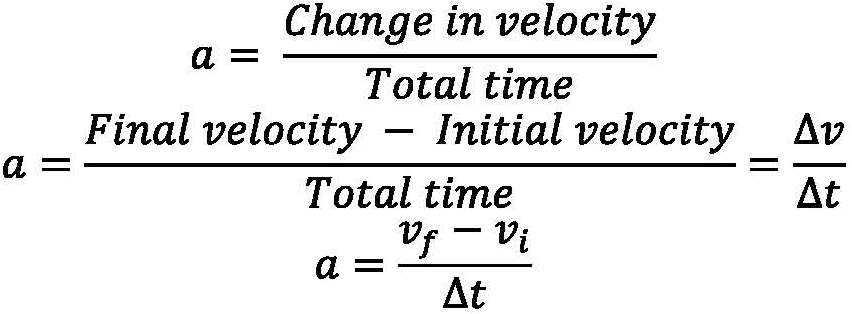Year 10 Science Assessment Task 3 — Skills/Practical Class
1/16
Earn XP
Description and Tags
SC5-6WS undertakes first-hand investigations to collect valid and reliable data and information, individually and collaboratively SC5-7WS processes, analyses and evaluates data from first-hand investigations and secondary sources to develop evidence-based arguments and conclusions SC5-8WS applies scientific understanding and critical thinking skills to suggest possible solutions to identified problems SC5-9WS presents science ideas and evidence for a particular purpose and to a specific audience, using appropriate scientific language, conventions and representations SC5-16CW explains how models, theories and laws about matter have been refined as new scientific evidence becomes available SC5-17CW discusses the importance of chemical reactions in the production of a range of substances, and the influence of society on the development of new materials Task Description: This task is designed to test the practical skills that have been developed in Science this year. Students will complete practical and skill-based activities. Please note: there will be no scientific equipment used as part of this assessment. To prepare for this task, students are encouraged to revise the skills and content they have studied in class related to the Motion, Global Interactions and Chemical Reactions* topics. *Learning Goal 1 and basic chemical experimentation skills. Required equipment: lead pencils, eraser, ruler, pens, calculator Marking criteria: You will be assessed on your ability to: understand the terms ‘qualitative’ and ‘quantitative’. evaluate scientific investigations and the variables. Identify hazards and risks and appropriate controls to construct risk assessments use various formulae to solve motion problems, including s=d/t (speed = distance ÷ time) F=ma (force = mass x acceleration). interpret graphs showing different aspects of motion. construct graphs using correct conventions. tabulate scientific data and results. extract information from texts, charts and diagrams related to global systems. Marking Guidelines will be provided upon return of the task. SC5-10PW applies models, theories and laws to explain situations involving energy, force and motion
Name | Mastery | Learn | Test | Matching | Spaced |
|---|
No study sessions yet.
17 Terms
Vector
A quantity that has both magnitude and direction, commonly used in physics to represent forces, velocity, and displacement.
Scalar
A quantity that has only magnitude, without any directional component, commonly used in physics for measurements like temperature, mass, energy, and distance
Displacement
A vector quantity that represents the shortest distance from an object's initial position to its final position, along with the direction of that distance.
Velocity
A vector quantity that measures the rate of change of an object's position with respect to time, including both speed and direction.
Acceleration
A vector, defining the rate at which an object’s velocity is changing, and in what direction.It is measured in meters per second squared (m/s²) and can indicate an increase or decrease in speed.
Distance formula
speed x time
Tickertape Timer
A device used to measure time intervals and record the motion of an object, often producing a continuous strip of paper with marks indicating distance traveled over time.
Average acceleration formula
(final velocity - initial velocity) / time

Inertia
The tendency of an object to resist changes in its state of motion, remaining at rest or moving uniformly in a straight line unless acted upon by an external force.
Force
A push or pull on an object from another object; a vector equal to mass multiplied by acceleration.
Free Body Diagram
Shows forces in the positive and negative x and y axes. Arrows representing these forces show the magnitude and direction of the force, which are drawn from the centre of mass of an object.

Newton’s First Law
An object at rest will stay at rest, and an object at motion will continue at motion, unless an external unbalanced force acts upon it.
Newton’s Second Law
The acceleration of an object due to a force varies depending on the mass of the object and the force applied. Expressed by F=ma.
Newton’s Third Law
Every action has an equal and opposite reaction.
Gravity
The acceleration towards a massive object due to its mass. On Earth, this acceleration is 9.81m/s.
Mass
The amount of matter in an object.
Weight
mass multiplied by acceleration due to gravity.